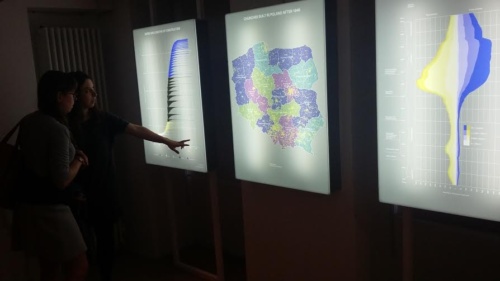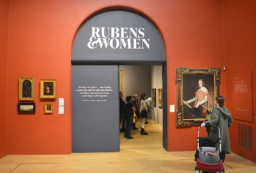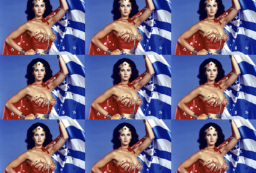To truly understand the power of architecture is to first understand the relationship between public space and how the surrounding community interacts with such buildings. It is fair to say that only we in the West know Moscow’s seven gothic skyscrapers as the Seven Sisters while Muscovites refer to them as Stalin’s skyscrapers (Stalinskie Vysotki). The slight distinction in a couple of words is important because it highlights to what extent the community have embraced such ideological monoliths.
This exhibition at Calvert 22, part of the London Festival of Architecture, examines how these vehicles of socialist utopia are regarded in a world dominated by capitalism and the reaction of the former Soviet satellite states who have emerged from this architectural legacy. It also looks at how the super-powerful church organisations have wrestled free. It’s an obvious conflict. Religious organisations are renowned for constructing elaborate places of worship celebrating their gods and one can see how this might irk communist states with designs on both the built environment and hearts and minds.
The work ranges from architectural plans to powerful photography exploring community blocks and churches and includes abstract work, in some cases unfiltered utopianism bordering on the dreamlike. Dmitri Lookianov’s Image From the Instant Tomorrow series (2013-15) is set firmly in practicality and pragmatism. This draughtsman-like painting of a residential block wants to be grey and functional but by some irony the focal point building in the foreground is painted a glaringly bright orange and yellow. A playful antidote to all the stereotypes about austere post-communist East European living spaces.
Poland’s unshakeable religious centre was responsible for its ‘Architecture of the Seventh Day’, a period when it shook off the yolk of Soviet Communism and parishioners built 3,635 churches after World Was 2 and right up until 1989. Exhibition displays inform us that capitalism began to spread after the war and enterprising private architects worked hand in hand with locals to undermine the dictates of the state. The election of a Polish Pope in 1978 accelerated Catholic fervour even more so that the creation of these beautiful buildings became an expression of worship and not an act of state defiance.
Power and Architecture is at Calvert 22, Shoreditch until Oct 9th 2016.





